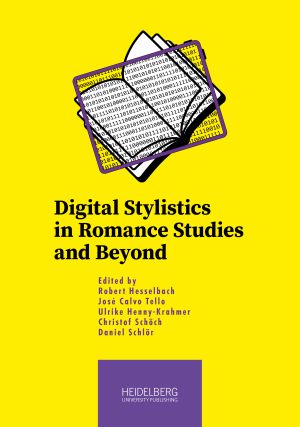How to Cite
License (Chapter)

This work is licensed under a Creative Commons Attribution-ShareAlike 4.0 International License.
Identifiers (Book)
Published
Family Resemblance in Genre Stylistics
A Case Study with Nineteenth-Century Spanish-American Novels
Abstract Family resemblance is a concept that has been introduced into genre theory as an analogy to describe partial and overlapping similarities between different works of the same genre. The concept aims to capture continuities and shifts in historically changing realizations of genres. In this article, family resemblance is applied in a digital genre stylistics analysis of subgenres of nineteenth-century Spanish-American historical and sentimental novels. A formal implementation of the concept is developed, and its usefulness in a corpus-based and quantitative setup is tested. For this, networks of nearest neighbors are built on topic features, and subgroups in the networks are identified with community detection. As a result, the concept of family resemblance itself undergoes change, but the digital methods also appear in a new light as tools that can be engaged for soft categorization.
Keywords: genre stylistics, genre theory, categorization, family resemblance, nineteenth century, Spanish-American novel, subgenres, network analysis, topic modeling






